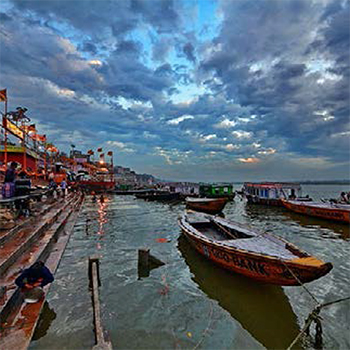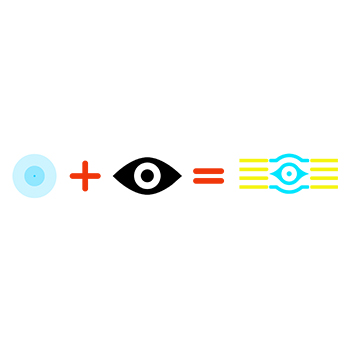Uttar Pradesh has a very vast culture. From Lucknow to Vrindavan, from Agra to Varanasi, every city in Uttar Pradesh has a rich culture. But out of all of these, my point of interest was always Varanasi. Varanasi is the India of your imagination. In one of the most colourful and fascinating places on earth, surprises abound around every corner.
There are lots of documentaries on almost every subject on the ghats. I also went there to document the lives of "Mallahs" on the Ghats. Everything there has its own limelight at Bananas Ghats, including Arti, Pandas, Naga Baba, Sanyasi, cremation, marriage, birth, death, and "Te Mallahs".
This report is an attempt to study the socio-economic condition of the boatman community in Banaras from a visual ethnographic perspective. The city of Banaras has now developed into a major pilgrimage centre for Hindus and a key destination for foreign tourists searching for the true soul of Indian culture. However, the Banaras Ghats are incomplete without the boatman. Boats create a very artistic visual culture on the Banaras Ghats. Boatman plays an important role in introducing the city to its visitors. Although traditionally the boatman community belonged to the "Mallah" caste group, this feature is now diminishing as different caste groups enter this profession day by day. In this perspective, this paper ethnographically describes the social structure, material culture, and other aspects of the boatman community. The major source of data for this report has come from the fieldwork at Banaras Ghats.
This report contains various sections, and each section focuses on different issues. The study concludes that despite their significant role in continuing the charm of the Banaras Ghats, they depend mainly on boats for their livelihood. As the numbers of boatmen increase, competition is rising, which is not healthy for their livelihood. Also, this occupation is seasonal. These conditions are creating financial crises in the lives of boatmen. This community is in a poor state and needs special care from the government.




